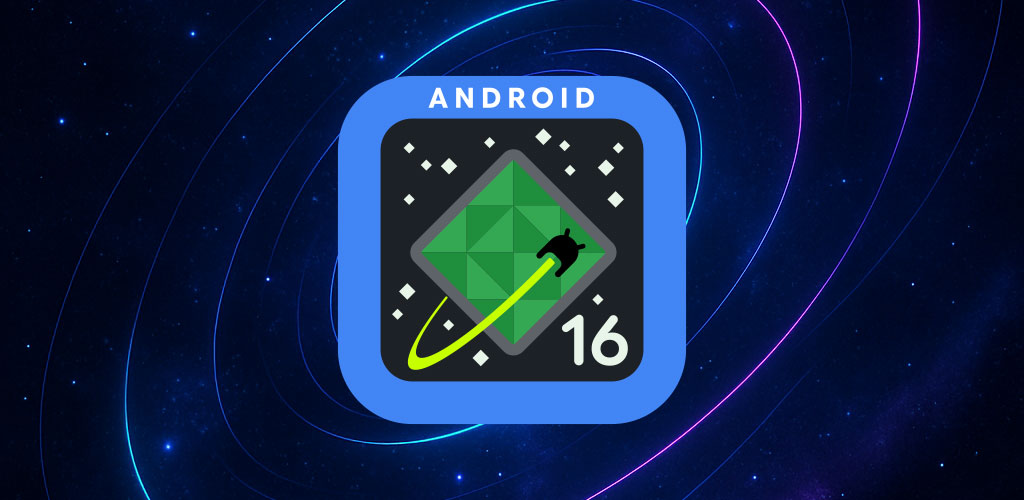Android 16 is shaping up to be one of the most developer-focused updates in recent years. While the UI changes might not be radically different for users at first glance, under the hood, it’s packed with smart enhancements that directly impact app performance, privacy, and user experience design. If you’re building for Android, here’s the lowdown on what matters most in Android 16.
Granular Privacy Controls Get Even Tighter
Android 16 continues Google’s mission to tighten up privacy. The biggest shift? Enhanced runtime permissions around sensitive APIs like location, sensors, and camera. Apps now need to explain *why* they need access with in-context prompts, especially if requesting permissions that were previously granted in older OS versions. Also, temporary permissions reset faster if your app goes unused – so lazy permission handling? That’s going to cause breakage if you’re not ready.
Foreground Service Changes: Adapt or Break
If your app uses foreground services (like for location tracking or media playback), Android 16 introduces a new policy enforcing stricter justification. Apps need to register specific use cases upfront in their manifest – and if your reason doesn’t align with Google’s predefined categories, you’re getting a runtime exception. You’ll also need to use the new Context.registerService method when working with long-running tasks to better align with Android’s lifecycle.
Edge-to-Edge by Default
Apps targeting Android 16 are now required to use full edge-to-edge layouts by default. The days of lazy padding and topbars cutting off content under the status bar are over. Android’s new default behavior encourages immersive designs, and there are new APIs to fine-tune how your app handles system insets, especially with gesture navigation.
Predictive Back is Fully Rolled Out
The “predictive back gesture” is no longer experimental. In Android 16, users see a preview of where the back gesture will take them. Apps can now register custom animations and transitions to better guide users. If your app’s back stack behavior is complex or relies on custom gestures, you’ll want to implement the OnBackInvokedCallback APIs to get full control and avoid janky experiences.
Performance Boosts Through ART and Memory Tweaks
The Android Runtime (ART) in 16 gets smarter with ahead-of-time (AOT) compilation. Cold start times are reduced significantly for many apps thanks to smarter precompilation and caching. Also, apps now have more control over memory management, with updated APIs to hint when resources can be aggressively released. For memory-hungry apps (hello, games and media editors), this is a big win.
Camera Extensions Now Universal
Developers who dabble in photography and AR will love this one – Android 16 expands support for CameraX extensions across more devices. Portrait mode, HDR, Night mode – these no longer require custom OEM integration. More consistent support across devices makes it easier to deliver pro-grade camera features out of the box. The CameraExtensionMode API has been standardized further to reduce fallback guesswork.
Improved Multimodal Accessibility APIs
Accessibility is getting a long-overdue glow-up. Android 16 introduces new APIs for improved screen reader support, better haptic feedback integration, and dynamic font scaling based on user preferences. For devs building inclusive apps, this means less fighting with custom UI and more confidence that Android will handle accessibility gracefully – even with complex layouts.
App Archiving and Unarchiving APIs
This is one of those quietly powerful features: apps on Android 16 can be automatically archived by the system (freeing up space) and later restored with preserved data. You can tap into this via the new app archiving APIs. Think of it like app hibernation with a fast wake-up. For developers, this means fewer cold starts and more seamless continuity – especially in markets where storage space is still a major user concern.
New Compose & Jetpack Sync
Jetpack Compose continues to evolve rapidly, and Android 16 brings improved sync with core OS animations and UI components. Expect more out-of-the-box support for Material You theming, system gestures, and Compose-integrated accessibility tools. If you haven’t gone all-in on Compose yet, Android 16 is pushing you closer to that edge.
What to Expect in the Beta Rollout
The Android 16 beta is already live for Pixel devices, and OEMs are expected to follow soon. If you’re testing, make sure your build targets API level 35 and review behavior changes early – especially around permissions, lifecycle callbacks, and background work limitations. Google’s making it clear: if your app isn’t respecting modern Android paradigms, it’ll be left behind in the sandbox.
Final Thoughts
Android 16 isn’t just an iteration – it’s a clean-up and tightening of everything Google has been hinting at since Android 12. Less leeway for lazy code, more support for immersive UX, and a strong nudge toward best practices. Whether you’re optimizing an existing app or building from scratch, it’s time to align with these shifts now – or scramble later when Play Console flags you during rollout.
Stay tuned to the Android Developer Blog and GitHub issue trackers – because the deeper we get into Android 16, the more nuances will emerge. But one thing’s already clear: Android 16 wants your app to be cleaner, smarter, and more respectful of the user’s device.


